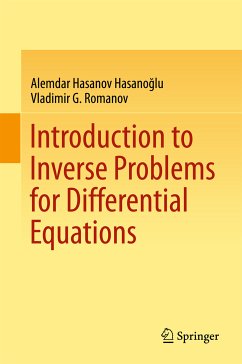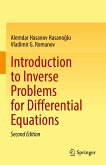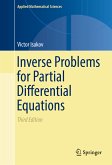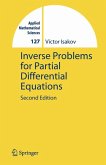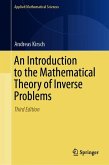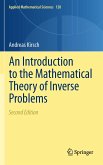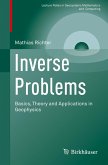The book's content, especially in the Introduction and Part I, is self-contained and is intended to also be accessible for beginning graduate students, whose mathematical background includes only basic courses in advanced calculus, PDEs and functional analysis. Further, the book can be used as the backbone for a lecture course on inverse and ill-posed problems for partial differential equations.
In turn, the second part of the book consists of six nearly-independent chapters. The choice of these chapters was motivated by the fact that the inverse coefficient andsource problems considered here are based on the basic and commonly used mathematical models governed by PDEs. These chapters describe not only these inverse problems, but also main inversion methods and techniques. Since the most distinctive features of any inverse problems related to PDEs are hidden in the properties of the corresponding solutions to direct problems, special attention is paid to the investigation of these properties.
Dieser Download kann aus rechtlichen Gründen nur mit Rechnungsadresse in A, B, BG, CY, CZ, D, DK, EW, E, FIN, F, GR, HR, H, IRL, I, LT, L, LR, M, NL, PL, P, R, S, SLO, SK ausgeliefert werden.
"This book is an important contribution to the theory of inverse problems. It gives a complete picture of inverse problems and their applications. ... It is a good research monograph for people working on inverse problems and related issues; a useful state-of-the-art reference guide for researchers and students; and a fine textbook for graduate students in mathematics and engineering." (Srinivasan Natesan, Computing Reviews, September, 2018)

